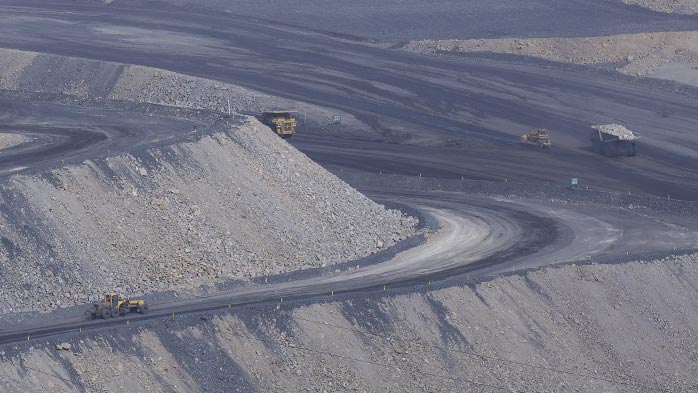CRU reports comprehensive policies to ‘battle for blue skies’ demonstrate China’s determination to improve air quality and, in the long-term, these policies will severely limit thermal coal consumption.
In recent quarters, however, events have demonstrated that China is currently unable to meet growing national power requirements without burning more coal. Furthermore, in May this year, CRU visited a variety of key coal infrastructure sites and found that environmental policies are, in fact, providing support to coal prices by restricting output growth and increasing costs of transportation.
“After strong prices in 2017, Chinese coal prices continued to increase during the period January-May 2018. CRU analysts spent time visiting various coal infrastructure sites in China in May, including coal railway stations in Shanxi, a Bohai Rim port in Hebei and a coal wharf in Nanjing. This trip brought to the fore the impact capacity closures, supply-side restructuring and stricter environmental standards are having on the ability for coal producers to lift coal supply during spells of higher coal demand.
The National Energy Administration (NEA) has set a raw coal production target of 3,700 Mt for 2018, however, this will not be easy to achieve. In order to meet this target, monthly output would need to be ~330 Mt during the remaining months of the year, while production in all of the first five months of 2018 was <300 Mt/month and, furthermore, there is no signal of a large supply increase due to on-going safety and environmental restrictions. We believe a growth rate of 4% y/y in 2018 is likely and this will mean coal production will be 2%, or 70 Mt, below the aforementioned production target.
“It is certainly the case that mine capacity cuts during the past two years have been effective in controlling overall production and increasing the profitability of the coal industry. However, the cuts have not been evenly distributed around the country and most of the new capacity is located in northwest China. Recent data reflects this structural change; from 2015 to 2017, total raw coal output in China dropped by 6.5%, however, falls of between 30-70% have taken place in central/southern/eastern provinces such as Chongqing, Jiangxi, Hubei, Hunan and Jiangsu.











